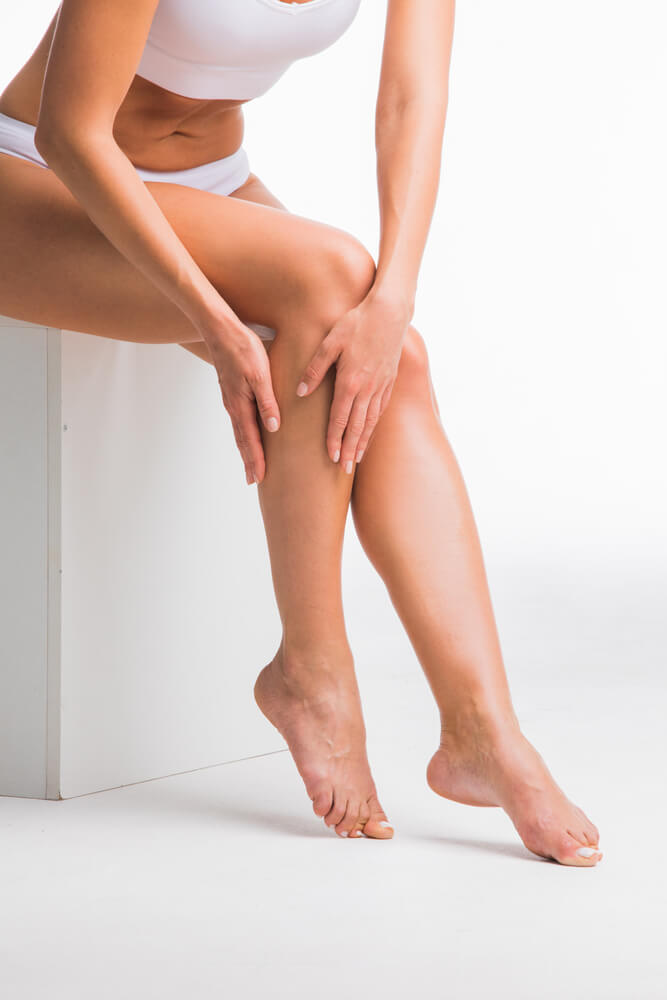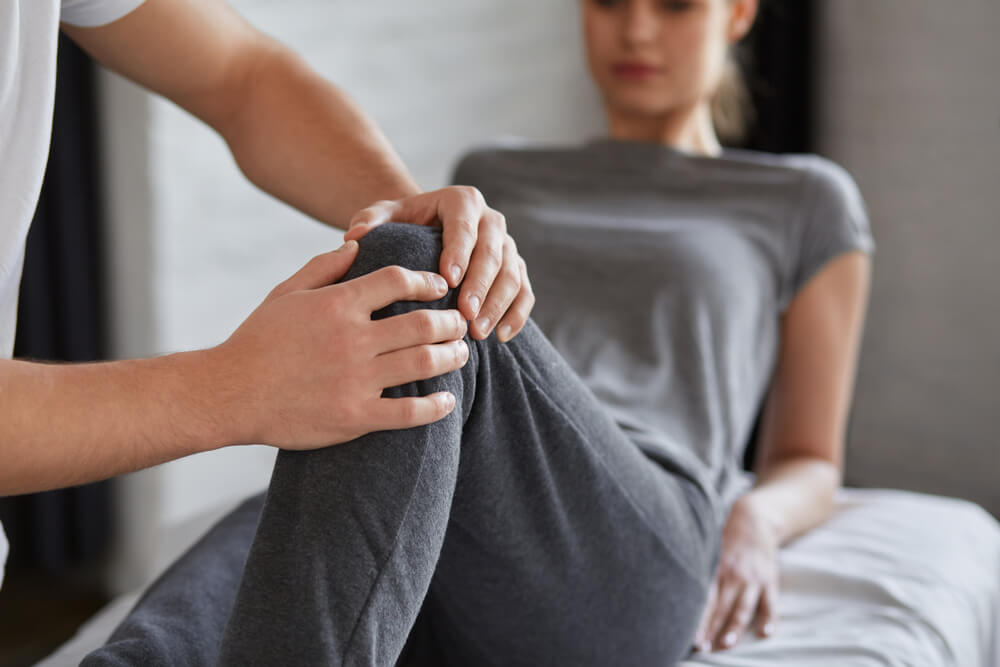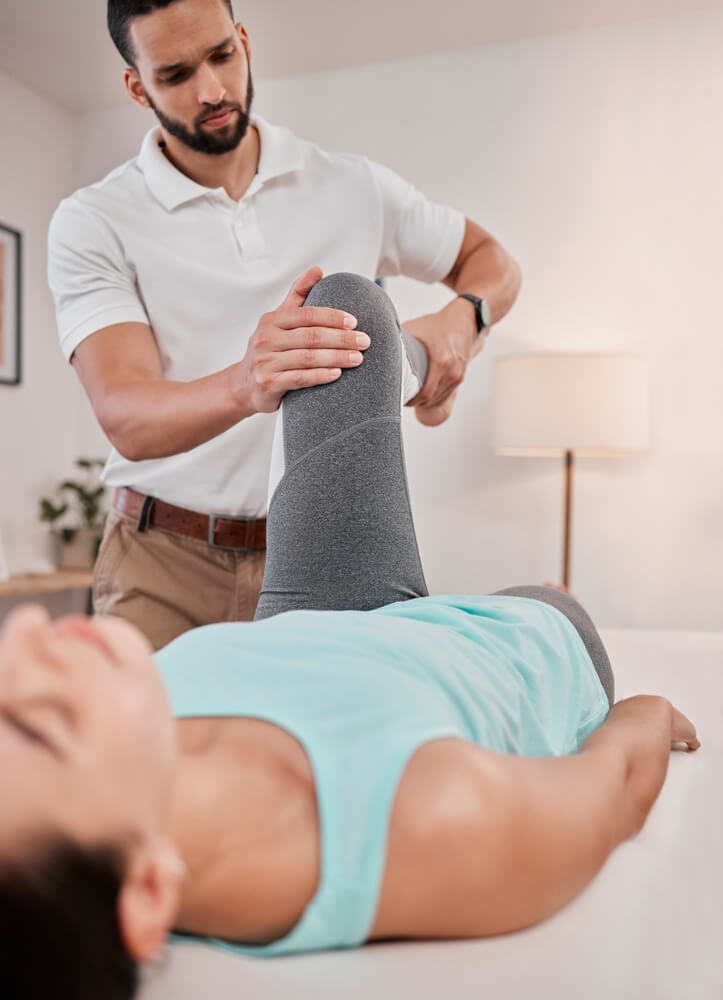Chiro for foot, knee and hip problems


Chiro for foot, knee, and hip problems can be hugely beneficial Some people falsely believe that chiropractors only treat the spine, however, they are also expertly trained to evaluate and diagnose musculoskeletal conditions and develop individualised treatment plans to address them.
Chiropractors use a variety of techniques to treat foot, knee, and hip problems, including manual adjustments, soft tissue therapy, exercise prescriptions and lifestyle modifications. For example, adjustments can help improve joint mobility and alignment, while soft tissue therapy can help reduce inflammation and improve muscle function. Exercise prescription can help improve strength, flexibility, and stability.
If you are experiencing foot, knee, or hip pain or discomfort, it’s a good idea to consult with a chiropractor to determine the underlying cause and develop a personalized treatment plan.
Symptoms of Foot, Knee and Hip problems

The symptoms of foot, knee, and hip problems can vary depending on the underlying condition. Here are some common symptoms associated with each area:
Symptoms of foot problems:
- Pain or tenderness in the foot
- Swelling, redness, or warmth in the foot
- Stiffness or limited range of motion in the foot or ankle
- Numbness or tingling in the foot
- Difficulty bearing weight on the foot
- A visible deformity, such as a bunion or hammertoe
Symptoms of knee problems:
- Pain or tenderness in the knee
- Swelling or stiffness in the knee
- Difficulty bending or straightening the knee
- Grinding, popping or clicking sounds or feelings in the knee
- Weakness or instability in the knee
Symptoms of hip problems:
- Osteoarthritis, which is wear and tear on the cartilage that cushions the hip joint
- Hip fractures or other injuries
- Bursitis, which is inflammation of the fluid-filled cushions that protect the hip joint
- Hip labral tears, which are injuries to the cartilage that lines the hip joint
- Weakness or instability in the knee


What causes foot, knee and hip pain?

Foot, knee, and hip problems can have a variety of causes.
Causes of foot problems:
- Overuse injuries to the foot or ankle
- Flat feet or high arches
- Plantar fasciitis, which is inflammation of the tissue that runs along the bottom of the foot
- Morton's neuroma, which is a thickening of tissue around a nerve in the foot
- Bunions - hard, bony lump that forms on the joint at the bottom of the big toe.
- Hammertoe, which is a deformity that causes the toe to bend downward instead of pointing straight ahead
Causes of knee problems:
- Osteoarthritis, which is wear and tear on the cartilage that cushions the knee joint
- Meniscus tears, which are injuries to the cartilage that cushions the knee joint
- Ligament tears
- Patellar tendinitis, which affects the tendon that connects the kneecap to the tibia
- Bursitis, which is swelling of the fluid-filled sacs that cushion the knee joint
Causes of hip problems:
- Osteoarthritis, which is wear and tear on the cartilage that cushions the hip joint
- Hip fractures or other injuries
- Bursitis, which is inflammation of the fluid-filled cushions that protect the hip joint
- Hip labral tears, which are injuries to the cartilage that lines the hip joint
Treat pain with chiro for foot, knee and hip problems

Chiropractic care may be able to help with a variety of foot, knee, and hip problems, including:
Plantar fasciitis: This occurs when the plantar fascia, a band of tissue at the bottom of the foot, becomes inflamed. Chiropractic care can help improve foot and ankle mobility, which may reduce stress on the plantar fascia.
Knee osteoarthritis: Chiropractic adjustments and soft tissue therapy may help reduce pain and improve knee function in people with osteoarthritis.
IT band syndrome: This condition involves inflammation of the iliotibial (IT) band, a thick band of tissue that runs from the hip to the knee. Chiropractic adjustments and soft tissue therapy may help reduce pain and improve IT band mobility.
Hip bursitis: Chiropractic care can help improve hip mobility and alignment, which may reduce inflammation and pain associated with hip bursitis.
Sacroiliac (SI) joint dysfunction: The SI joint is located at the base of the spine where it meets the pelvis. SI joint dysfunction can cause pain in the lower back, hips, and legs. Chiropractic adjustments may help realign the SI joint and improve joint function.
It’s important to note that the effectiveness of chiropractic care for foot, knee, and hip problems will depend on the underlying cause of the condition and the individual patient’s needs. A chiropractor will evaluate each patient’s condition and develop a personalized treatment plan to address their specific needs.


Foot, knee and hip pain prevention and management

Prevention and management of foot, knee, and hip pain involves a combination of chiropractic treatment, lifestyle modifications and exercise and naturopathic prescriptions.
Here are some tips to help prevent and manage pain in these areas:
- Book in for regular chiropractic adjustments to ensure your spine and hips are aligned reducing the risk of injuries to knees and feet.
- Wear comfortable, supportive shoes: Shoes with proper arch support and cushioning can help reduce the risk of foot, knee, and hip pain.
- Stretch regularly: Stretching can help improve flexibility and reduce the risk of injury to the joints in the feet, knees, and hips. It's important to warm up before stretching to prevent further injury.
- Use proper form during exercise: Whether you're running, walking, or doing other exercises, it's important to use proper form to reduce the risk of injury.
- Get regular exercise: Regular exercise can help improve joint health and reduce the risk of pain and injury.
- Practice good posture: Good posture can help reduce stress on the joints in the feet, knees, and hips.
- Maintain a healthy weight: Excess weight puts additional stress on the joints in the feet, knees, and hips, which can increase the risk of pain and injury.
Effective chiro treatment for foot, knee and hip problems with Karrinyup Wellness Centre
Call the Karrinyup Wellness Centre on 9341 3020 to book an assessment and find out how chiropractic can help with your foot, knee and hip problems.
Other conditions that can be treated with chiropractic adjustments:
- Headaches
- Migraines
- Arthritic conditions
- Neck Pain
- Sciatica
- Back injuries
- Lower back pain
- Chronic Pain
- Sport Injuries
- Wrist, elbow and shoulder pain
- Foot, knee and hip problems
- Muscle Spasms and injuries
- Dizziness and vertigo
- Numbness, pins and needles
- TMJ Disorders
- Postural problems
- Whiplash
- Plantar fasciitis
- Stiffness
- Carpal tunnel
- Sports performance
- Decreased range of motion
Get in Touch
With Us
Whether you are a new client to us and have questions, or an existing client needing to re-book, the process is easy!
Call or email us today! We are here to help.
Frequently Asked Questions
Can Chiropractic adjustments help with knee and foot issues?
Yes, correcting misalignments in the spine, pelvis and legs can help with knee and foot issues.
How long is needed for knee injuries to heal?
Knee injuries vary greatly from a simple strain/sprain that can take a few weeks, up to severe injuries such as ligament tears that can take a year for full recovery.
Can chiropractors help with ankle and foot pain?
Yes, correcting misalignments in the spine, pelvis, legs and feet can help with ankle and foot pain.
What hip problems can be treated with chiro adjustments?
Common hip problems treated with Chiropractic care include: bursitis, muscle imbalances such as hip flexors and glutes, arthritis, reduced motion, stiffness and pain.
What foot and ankle problems can be treated with chiro?
Common foot and ankle problems treated with Chiropractic care include: pain, stiffness, reduced range of motion, sprained ankles, shin splints, arthritis, plantar fasciitis, dropped arches/flat feet, and Morton’s neuroma




